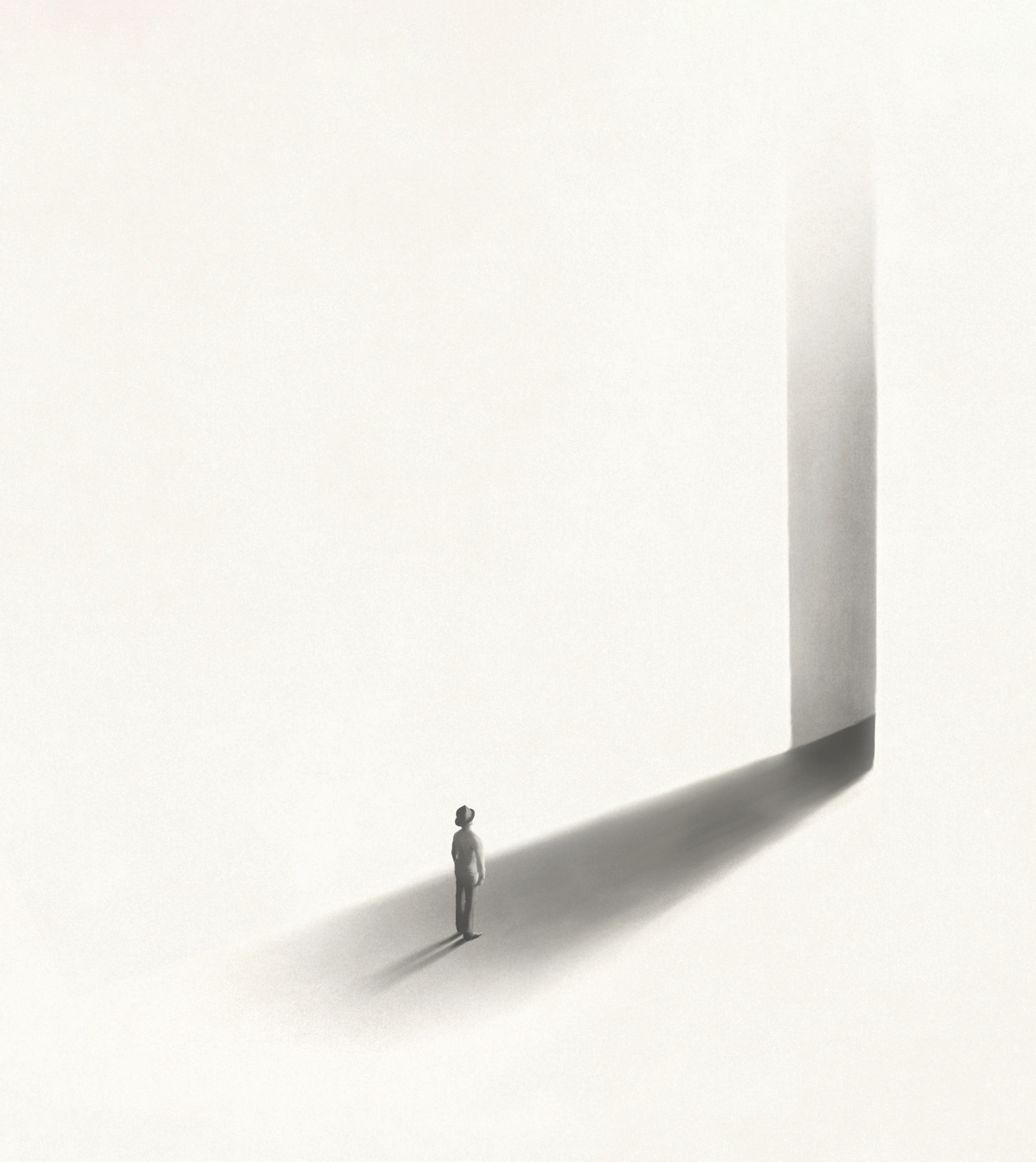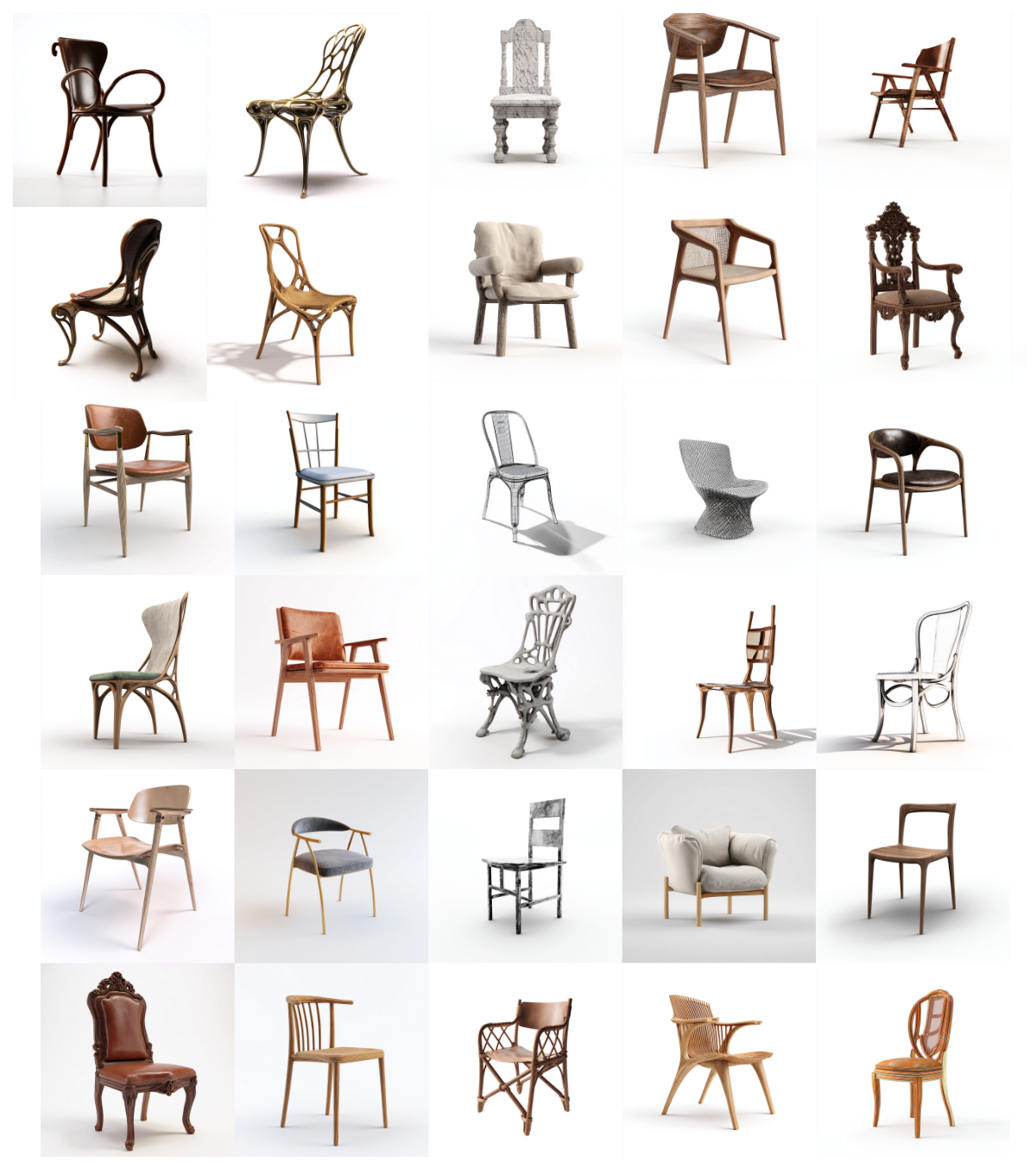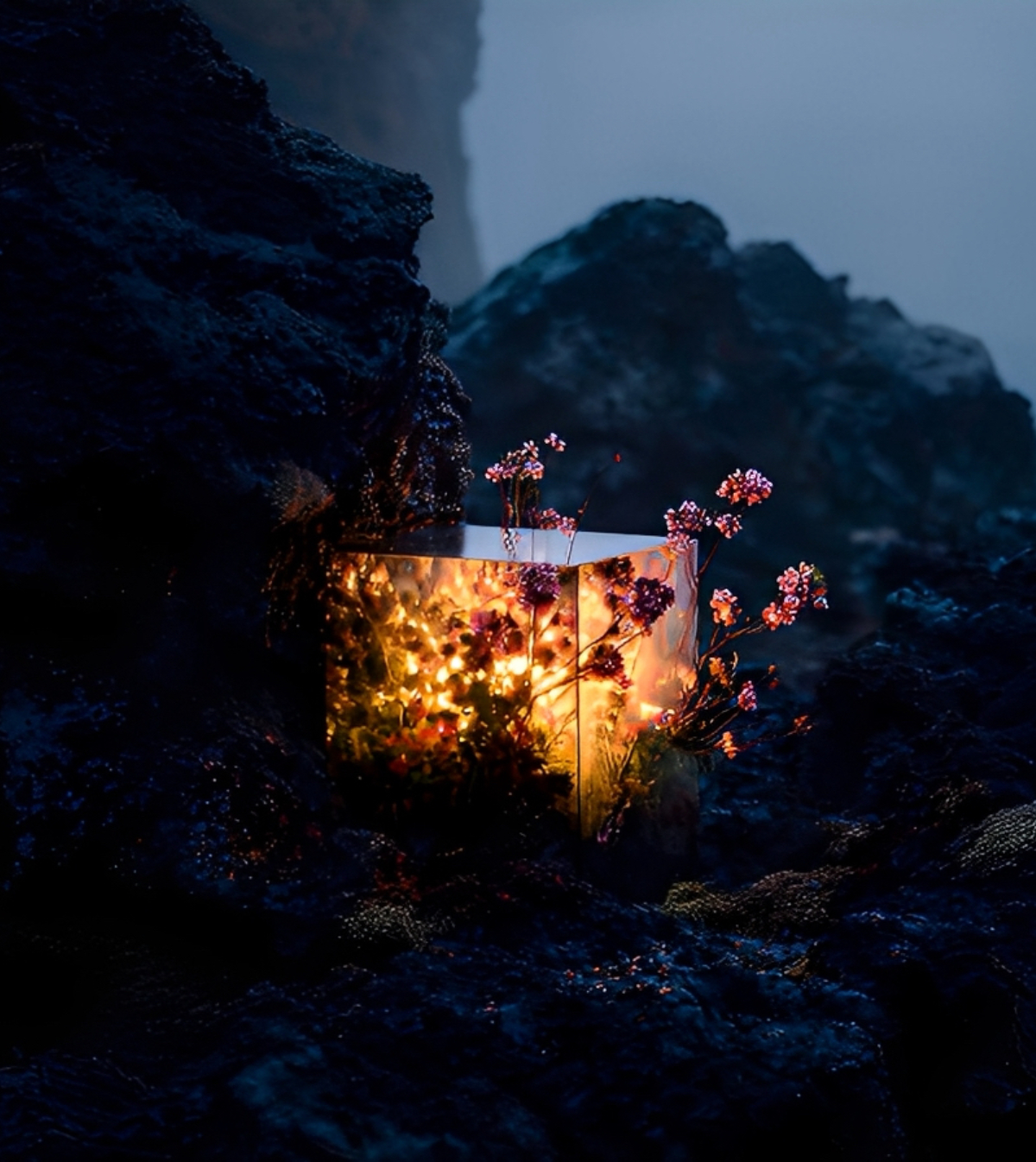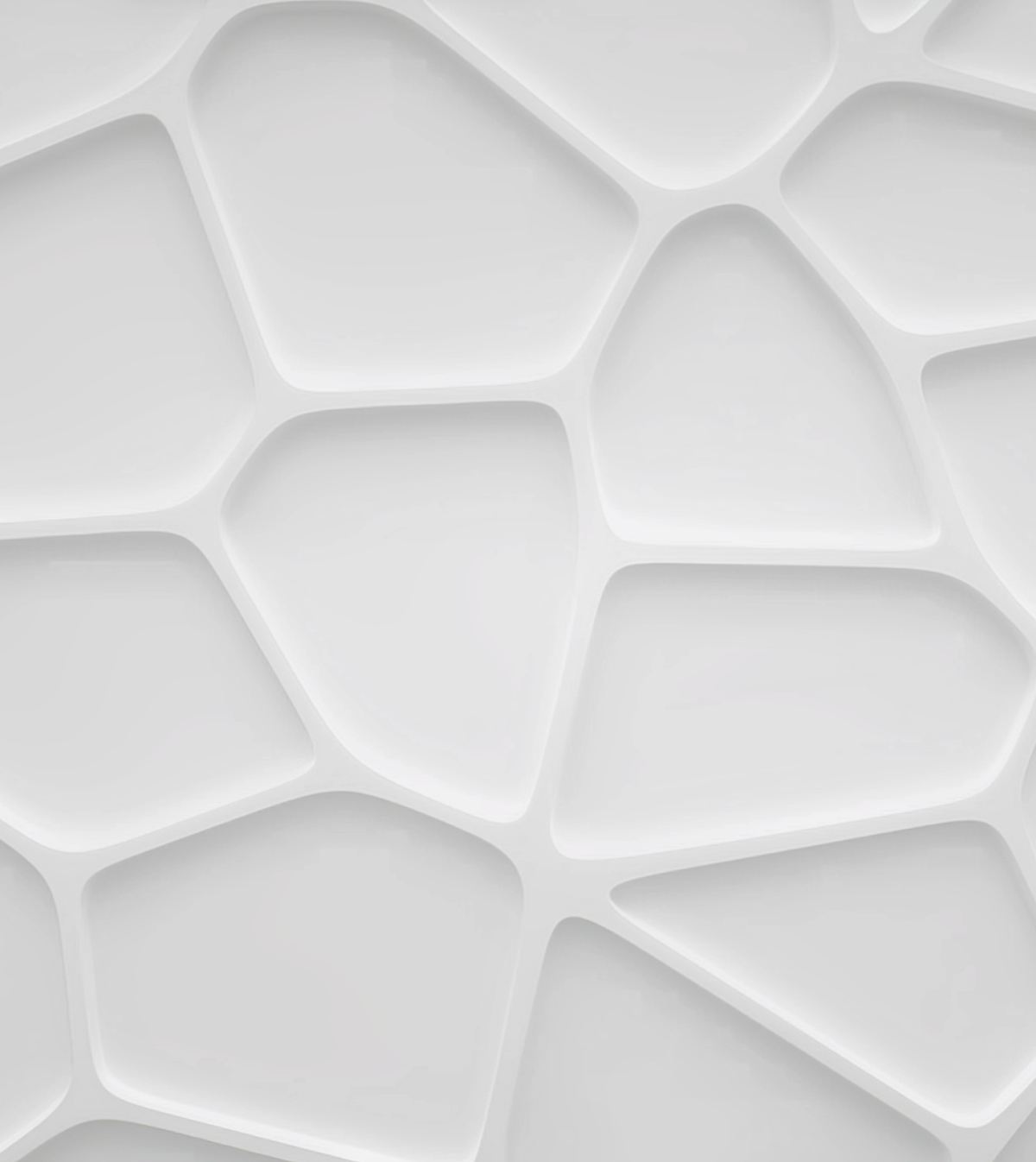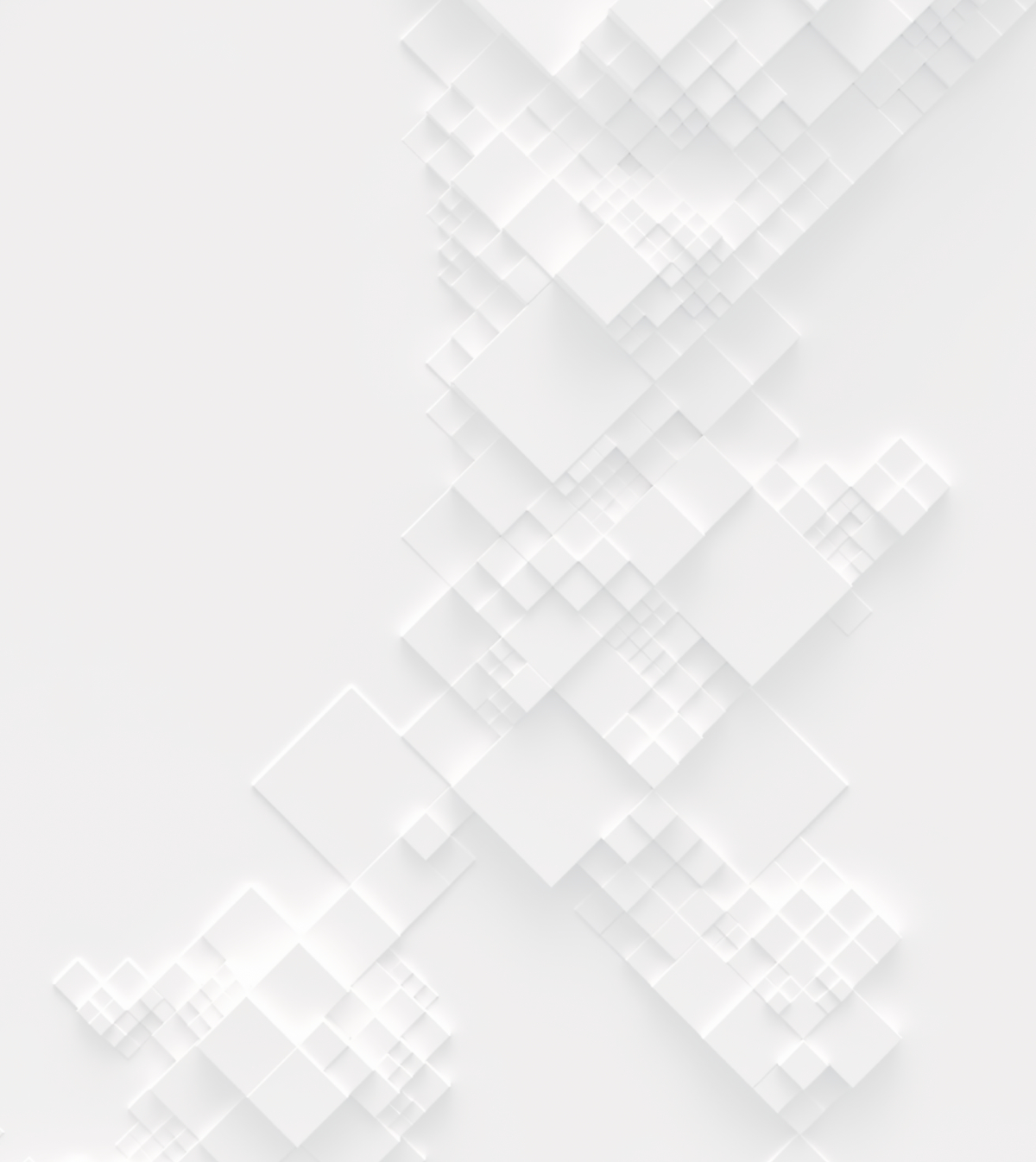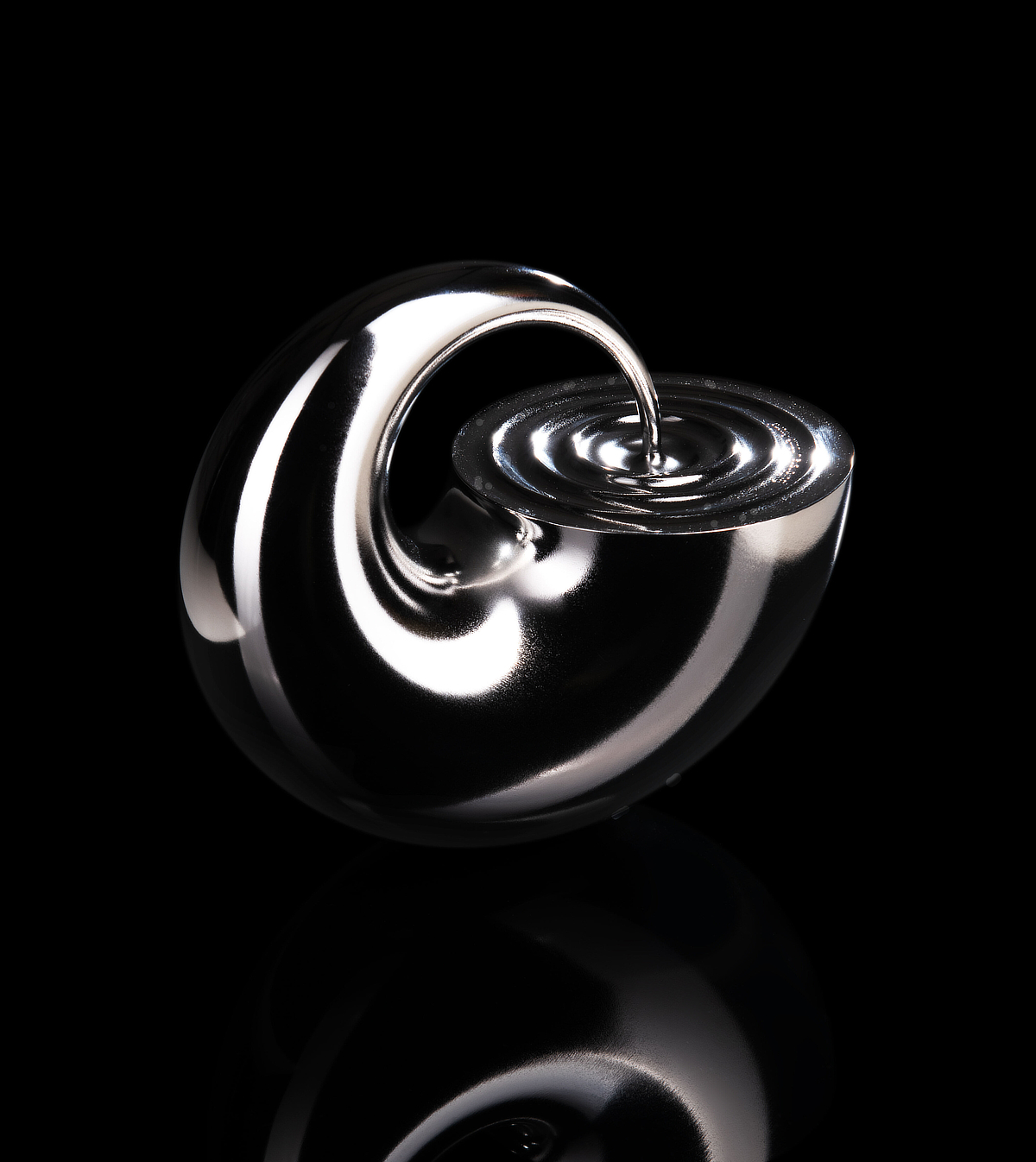We’d like to take the opportunity to introduce you to the Honorable mention winners of our "The Last Nuclear Bomb Memorial / Edition #5" competition – Seo Eunseo, Gahee Heo and Junghyun Kim from South Korea!
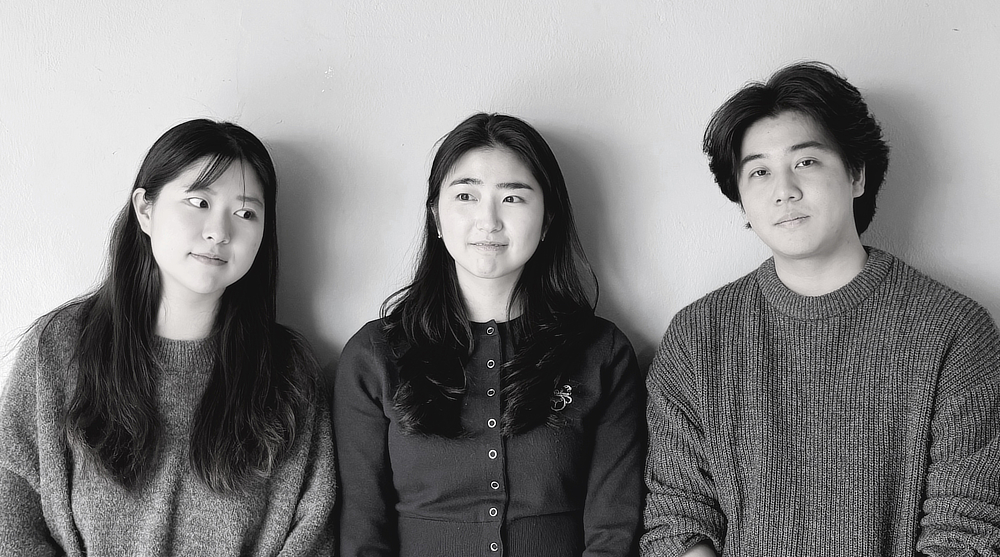
Seo Eunseo, Gahee Heo and Junghyun Kim from South Korea
Please tell us about your company (when it was founded, where it is based, how many employees, etc) Alternatively, if you do not have a company, please give us some insights on your own professional/academia background.
We are students in the Department of Architecture at Sungkyunkwan University. At our university, we learn that architecture is not merely about constructing structures but about shaping spaces that emerge from the relationship between people and the site. Through various projects, we have practiced applying this understanding in our designs. We strive to create architecture that interprets and expresses the history embedded in a site and the people connected to it.
Our design philosophy is not just about forming shapes but about deeply understanding the narratives and meanings of a place and incorporating architectural interpretations based on that context. Additionally, we envision ourselves entering the spaces we design, immersing ourselves in the emotions and atmospheres they evoke. This approach allows us to explore how space can provide meaningful experiences, incorporating sensory elements into our architectural process. With this philosophy as our foundation, we have undertaken various design projects and will continue to explore the relationship between people and space, aiming to create a better-built environment through architecture.
Brief information about the projects that you/your company have been involved with. For instance, what scale have you focused on/preferred, any significant projects where the company/ individuals have been Involved?
Eunseo Seo: The Sungkyunkwan University Gate Project is one of the most memorable architectural projects I have worked on. This project was my first design process that focused not just on creating a passageway but on interpreting the emotions and experiences of its users through architecture. What made it particularly meaningful was the opportunity to reimagine a gate I had passed through countless times, exploring its spatial significance from the perspective of an actual user. Before starting the design, I began by imagining what it would feel like to be in that space. I considered how students, graduate students, faculty, and visitors—each with different purposes and emotions—would experience the space as they passed through it. My goal was to architecturally express the flow and atmosphere of these diverse interactions. Through this project, I once again realized that architecture is more than just constructing physical structures; it is a powerful medium for shaping human experiences and emotions. The process of seeing a familiar space from a new perspective and redefining its meaning was an invaluable experience that deepened my approach to architecture.
JungHyun Kim: During my time in the school studio, I worked on a project called the "Kindergarten Project," which was a significant learning experience for me. One of the key ideas I explored in this project was the importance of human emotions, feelings, and perspectives in architecture. I believe that architecture is not just about creating functional spaces but also about shaping experiences that resonate with users on a deeper level. For this project, I focused on understanding the world from a child's perspective. I wanted to create a kindergarten environment that would not only provide a safe and functional space but also encourage curiosity, imagination, and joy. To achieve this, I paid special attention to what children would see, feel, and experience at their eye level. Instead of designing purely from an adult’s viewpoint, I immersed myself in the perspective of a child, considering how they perceive space, movement, and nature. One of the central concepts of my design was integrating nature with play. I aimed to design spaces that would allow children to freely run, explore, and interact with natural elements. This included incorporating open courtyards, green areas, and playful architectural features that would spark their imagination. Additionally, I designed windows, openings, and sightlines positioned at a child's eye level, ensuring they always felt connected to nature. By blending architecture with the natural environment, I sought to create a kindergarten that would provide children with a joyful and enriching experience every day.
Gahee Heo: My most memorable project was the kindergarten design. This project was not just about arranging functional spaces but about embracing the characteristics of the site and capturing the emotions of children within the space. Typically, we view architecture from our own perspective, but for this project, I aimed to see the world entirely through the eyes of children. Throughout the design process, I carefully considered the emotions they would experience in the space—joy, curiosity, comfort, and a sense of freedom—and sought to integrate these feelings naturally into the design. This project was more than just an architectural exercise; it was an opportunity to deeply reflect on how space embodies emotions and shapes experiences. Most importantly, it taught me that architecture should not be designed from the perspective of the architect alone but rather from the perspective of those who will live and interact within it. This realization made it a truly special experience for me.
What does architecture mean to you and what is the role of an architect in your society?
For me, architecture is not merely about creating living spaces. The construction of a building is not just the birth of a structure; it is a process of embedding the memories and emotions of the people who will inhabit that place. Every space carries the stories of those who need it, forming new meanings through its relationship with the surrounding environment. I believe that the role of architecture is to visually express invisible narratives and emotions, ultimately enriching people's lives.
The cities and towns we live in, the streets and squares we walk through, and the homes and schools we learn from in all of these spaces are shaped by architecture. Architecture plays a crucial role in defining how people experience and interact with their environments. In particular, architects have the responsibility to reflect the spirit of the times through space. They design places that commemorate historical events, develop sustainable architecture for a better future, and create environments that enhance both beauty and functionality. More than just designing aesthetically pleasing buildings, I believe the true responsibility of an architect is to create spaces that allow people to live more comfortably, safely, and meaningfully.
Why do you participate in architecture competitions?
In school projects, the focus is on providing realistic design solutions based on specific buildings or programs, whereas competitions offer an opportunity to explore more philosophical questions and fundamental issues that humanity must address. What makes competitions particularly meaningful is the ability to use architecture as a medium to examine critical societal and historical challenges while conveying messages through spatial experiences. Rather than merely designing functional spaces, I see competitions as a chance to create environments that provoke thought and allow people to engage with deeper narratives. With this perspective, when I encountered the Nuclear Bomb Memorial competition, I wanted to create a space that went beyond a simple exhibition hall—a place where people could reflect on war and peace, as well as the relationship between humanity and technology. Nuclear weapons represent the most destructive force in human history, yet they also serve as a powerful reminder of the necessity of peace.
Through this competition, I sought to express this duality architecturally, ensuring that visitors experience space in a way that evokes memory, reflection, and hope. Architecture can serve as a bridge between the past and the present. Through this competition, I wanted to go beyond simply remembering past tragedies and instead encourage reflection on the kind of future we should build. In this sense, I believed that the Nuclear Bomb Memorial should not be just a space for mourning but one that carries a message for the future—an idea that became the foundation of my design proposal.
What advice would you give to individuals who struggle to decide whether it would be beneficial for them to participate in architecture competitions?
Architectural competitions are not merely a stage to showcase design skills. They are a process of translating emotions into space, a journey of expressing heartfelt thoughts through architecture.
As we prepared for this competition, we imagined visiting the site of the Final Nuclear Bomb Memorial. We realized that it would not just be a physical space, but a place where we could confront the weight of history and the traces left by those who had passed through it. We envisioned moments where the significance of space would be felt deeply, where emotions too complex to articulate would arise. We began sketching and writing to capture those feelings, gradually interpreting them through an architectural lens.
Architecture is not just about shaping forms; it is about embedding emotions—both our own and those of others—into space. Sorrow can be expressed through the texture of a wall, emptiness through spatial contrasts, and hope through the rising of water. In this sense, competition is about confronting the emotions we feel upon arriving at a place and translating them into a language of space. To express one’s emotions through space is a beautiful endeavor. If we can capture what we feel architecturally, the result is not merely a building but a place with a story. For those who consider competitions, my advice would be this: instead of striving for a perfect answer, focus on capturing the moments that move you, and translating them into space with sincerity. That, above all, is the most meaningful process. The ability to express emotions through space, isn’t that the most beautiful power of architecture?
Top 3 Reasons Why You Should Enter Architecture Competitions
Curious about the value of architecture competitions? Discover the transformative power they can have on your career - from igniting creativity and turning designs into reality, to gaining international recognition.
Learn more

